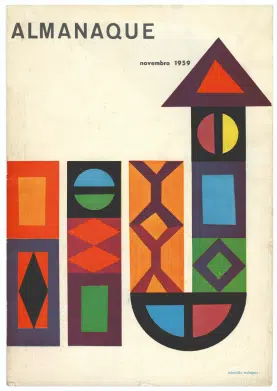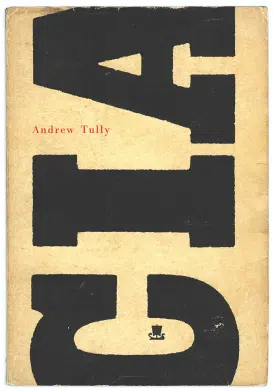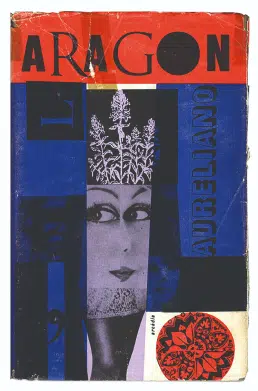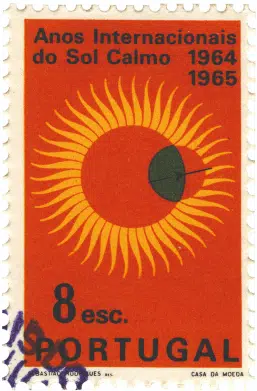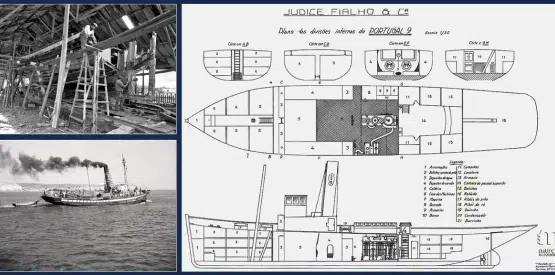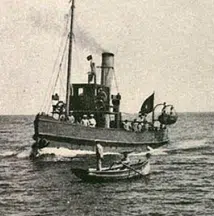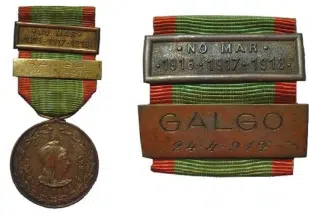Our history
Discover our history.
1915
Júdice Fialho establishes the factory in Peniche, in “sitio do areal“, occupying a plot of 30.000 m2 of land. This is the 8th Industrial site for cannery production from the group and it is composed by several Industrial buildings as well as the “FIALHO” neighbourhood. These houses were gifted to the employee families to ensure that there were sufficient skilled workers for the industry and the local sardine siege fishing that supplied the new site.
1969
The company Júdice Fialho & Cª is converted into Júdice Fialho – Conservas de Peixe, S.A.R.L.
The export locations at that time were already composed by England, France, Germany, Italy, United States of América, Malta, Sweden, Holland, Arab countries , South Africa, amongst others.
1988
The north-American multinational H.J.Heinz company acquires the last two cannery sites from the group as well as the most iconic brand Marie Elisabeth .
The Peniche site is part of the Indústrias de Alimentação – IDAL with the designation of fish division.
1990
The company Introduces new production lines and starts Tuna production out of Peniche.
1991
The Peniche site starts a more segmented production, the main European brands produced were John West, Petit Navire and H.Parmentier.
2005
IDAL Fish division has 350 workers and is at the time already the largest exporter of canned fish in Portugal.
2006
In March 2006, Heinz announces the negotiations with Lehman Brothers for the sale of all the Fish and Seafood Industries in Europe deciding to spin off all its activity in the cannery sector. For this purpose, a new autonomous entity is created with Headquarters in France under the MWBrands (MWB) designation.
The new entity has leading role in the cannery industry worldwide with production sites also in France, Ghana, and Seychelles. Peniche site is part of the new group under the designation of ESIP – European Seafood Investments Portugal name that is still holds today.
In the same year the production of Tuna salads for the United Kingdom is started in ESIP.
2010
The group THAI UNION FROZEN PRODUCTS , world´s largest producer of canned Seafood, acquires MWB. ESIP continues to increase its productions of sardine, mackerel and reinforces the Tuna capacity based on frozen Tuna Loins from the site in Ghana.
2015
Thai Union group several companies, are organized and rebranded under a global multinational THAI UNION. ESIP is now part of Thai Union Europe with Headquarters in Paris.
2019
Thai Union is producing in ESIP canned sardine and mackerel fillets, grilled and smoked, and also whole sardines, canned Tuna and Tuna salads
2023
Thai Union creates in ESIP a factory store under the umbrella brand Peniche can by Thai Union. The brand has the sub-brand Peniche Can Store but also new products and brands Peniche Can Surf and Peniche Can Fish for sale in the store side by side with the other brands of the group also produced in ESIP.
Thai Union and ESIP wish to celebrate this way the cannery tradition of the site and territory.
The Peniche Can Store Project
The concept: the construction of wooden fishing boats
The challenge: the implementation of a store project for the sale of canned goods, located at the main entrance of the Thai Union canning factory in Peniche, near the waterfront, beach area, and commercial zone.
This store aims to bring the local population, visitors, and the factory, which has been present for many decades, closer together.
The store sells the canned goods produced in the factory, with a special focus on exclusive brands, Peniche Can Surf and Peniche Can Fish.
The entrepeneur Júdice Fialho
The history of the canning industry, particularly the construction of wooden fishing boats, is the rationale behind the concept of this space.
The first steam-powered galleon emerged in Portimão through the initiative of Júdice Fialho. His shipyard, located between the Convent of São Francisco and his canning factory of the same name, was crucial for the maintenance of his numerous fleet of galleons, vessels, trawlers, schooners, and cod fishing ships.
The blueprint of one of his steam-powered purse seiners, the “Portugal 9,” designed by his lithographer Humberto Martins, shows us the details of the structure of such vessels, which were vital for sardine fishing for his canning factories.
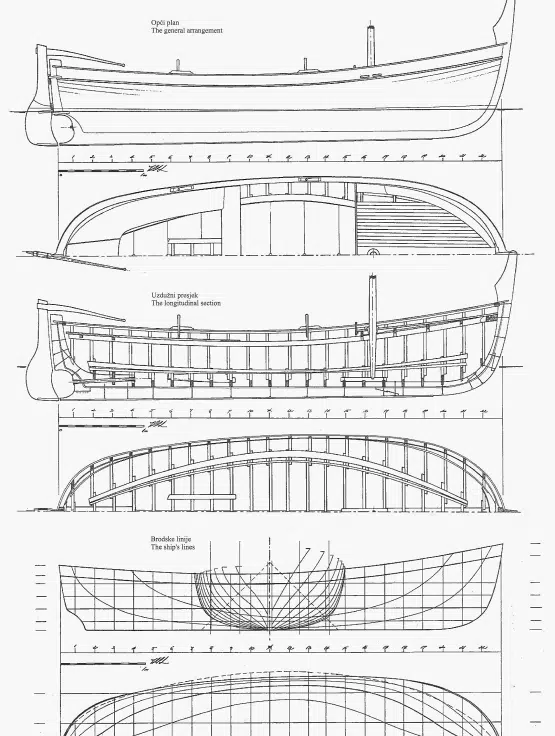
A break in fishing for the defense of the country
The auxiliary patrol vessel “Galgo”
With Portugal’s entry into the Great War and the scarcity of naval resources to engage in the conflict, the Navy requisitioned civilian ships from various national shipowners. On September 28, 1916, the small tugboat “Galgo” was requisitioned from shipowner João António Júdice Fialho. With a length of only 25 meters and a 75-horsepower steam engine, the “Galgo” was classified as an Auxiliary Patrol Vessel.
During its service with the Navy, its mission was to patrol the coast between Lagos and Sagres. In December of the same year, it was armed with a 37mm Hotchkiss revolving cannon, and it was with this modest weapon that on April 24, 1917, it faced the German submarine U35 in an unequal duel.
Following the “Galgo” on patrol towards Sagres, they receive communication that an enemy submarine was attacking two steamers in the same area. They sail along the coast, trying to camouflage themselves against the high cliffs. When they reach the Baleeira cove, they spot the submarine and the two already attacked steamers. The cargo ships are sinking, and their crews row in lifeboats towards Sagres. The “Galgo” goes on the offensive and fires five shots at the submarine, but they miss the target. When the U35 retaliates with its 10.5cm gun, a grenade narrowly misses the “Galgo,” highlighting the imbalance between the armaments of the two opponents. Evading the U35’s fire, it is now up to the “Galgo” to rescue the crews of the sunken ships and attempt to alert the other cargo ships sailing near Sagres of the submarine’s presence. By the end of April 24, 1917, the “Galgo” had rescued 70 men distributed among 10 lifeboats. Nine ships were intercepted by the U35, and four of them were sunk.
Although largely forgotten by the historiography of the Great War, the battle between the “Galgo” and the U35 warranted the creation of a commemorative plaque to be worn on the suspension ribbon of the campaign medal. Established by Decree No. 2870 on November 30, 1916, this medal was intended to be worn only by members of any branch of the armed forces who had participated in operations on land. Since the auxiliary patrol vessel “Galgo” had a crew of at least 15 members, it is presumed that this plaque had a very limited issuance, making it an extremely rare piece.
As for the auxiliary patrol vessel “Galgo,” it survived the Great War and was returned to its owner.
From the design to the shipyard, from the shipyard to the sea.
And from the sea, to the canned goods.
The store is designed like the interior of a boat, with its solid wooden curves, stringers, bow wheel, and keel.
Arkhetypos, Atelier, Arquitetos – 2023
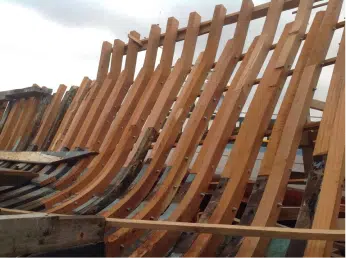

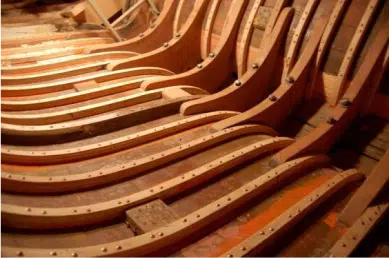

The name and brand
PENICHE CAN
Peniche Can responds to the challenge of creating a brand to celebrate Thai Union’s presence in this territory, which has a long tradition in the canning industry and where people’s lives are intimately connected to the sea.
Tradition, innovation, capability, competence, sustainability, and community engagement lead to the definition of Peniche Can as an umbrella brand, with sub-brands including Peniche Can Store, the ESIP Factory Store, Peniche Can Surf, aimed at the surfing community and the connection of this coast with the sport, and Peniche Can Fish, which pays homage to the fishermen, boats, and fish of Peniche, with products exclusively sourced from the fishing waters of this coast.
The branding of Peniche Can found its inspiration in Sebastião Rodrigues, a pioneer of Portuguese modernist design, whose work was distinguished by a quest to understand the roots of Portuguese popular culture.
Sebastião Rodrigues’ graphic work stands out for its typography and the integration of Portuguese cultural heritage into more sophisticated communication pieces. The Peniche Can logo is the result of a free typographic exploration of the word “CAN,” paying respectful tribute to the great master.
The lettering, with very distinct weights and typos, takes the form of a canned tin, integrating a more popular dimension into that element, a characteristic feature of Sebastião Rodrigues’ work. Lastly, it should be emphasized, in this context, the unapologetic use of color, which is present throughout the umbrella brand, sub-brands, and packaging.
Peniche Can celebrates this territory and its people, looking ahead.
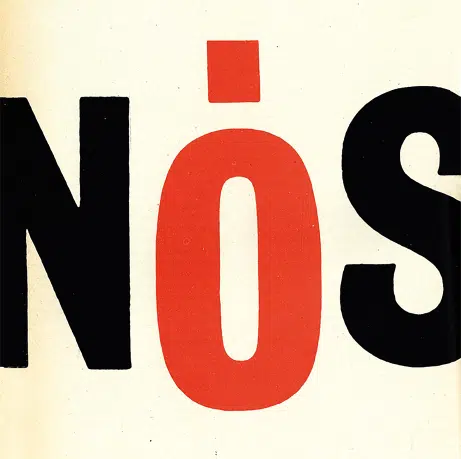
A brand for this territory.
Its people, fishing, and Portuguese modernism.
A tribute to Peniche, its people and the canning industry, inspired by the work of Sebastião Rodrigues and Portuguese modernist design.
Ophelia, Estúdio de Design e Comunicação – 2023
